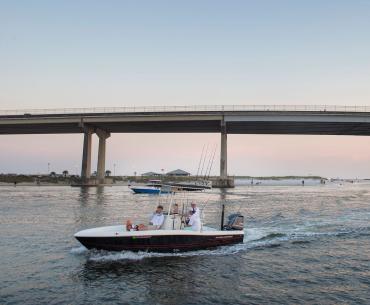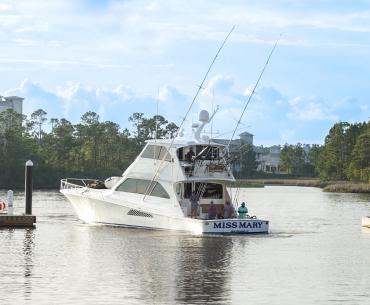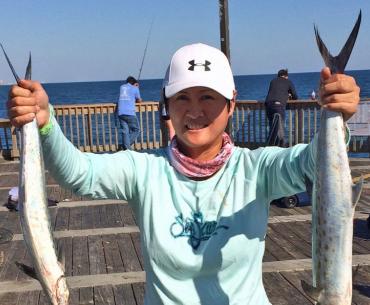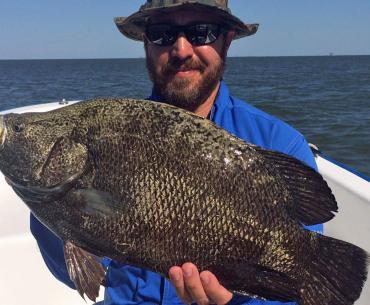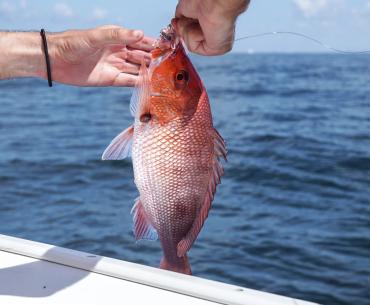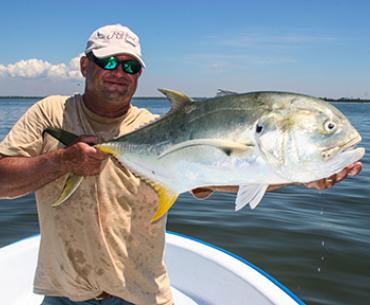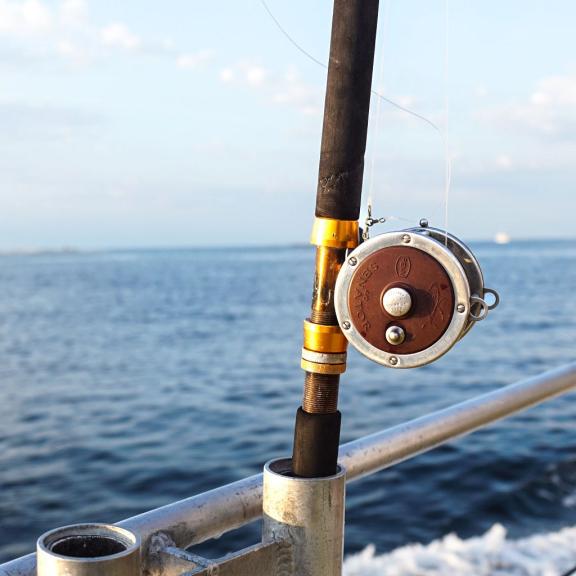
Back in November, I wrote about properly putting away your offshore gear for the winter. As we know all too well, everything about offshore fishing is expensive. Rods, reels and tackle all represent the significant investments we've made to enjoy a sport we love.
There is an old fisherman's joke that says "My Biggest worry is that when I'm dead and gone, my wife will sell my fishing gear for what I said I paid for it."
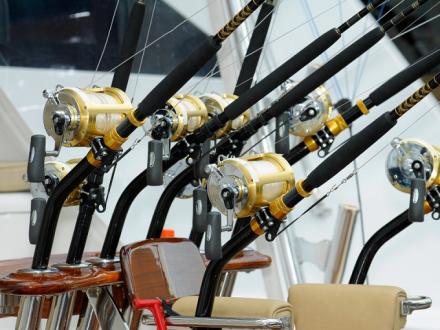
Back in November, I wrote about properly putting away your offshore gear for the winter. As we know all too well, everything about offshore fishing is expensive. Rods, reels and tackle all represent the significant investments we’ve made to enjoy a sport we love.
There is an old fisherman’s joke that says “My Biggest worry is that when I’m dead and gone, my wife will sell my fishing gear for what I said I paid for it.” While it’s a great line, if something happened and you lost all of your fishing gear it would be no laughing matter. That’s why having a recorded inventory of your fishing tackle is most important.
If something catastrophic were to happen to your home, where most of us keep our fishing tackle, chances are it’s going to be covered by insurance. Right now, if I had to write down everything fishing related that I own, and keep in my fishing closet I am sure I would leave many things off that list. If I had to do it after a fire or theft or hurricane, I know my mind would be focused elsewhere, and I would leave even more items off that list.
Offshore fishing equipment is expensive, take an inventory of your tackle in case of a loss.
“Fishing equipment should be treated like other assets in your home,” said Farmers Insurance agent and fisherman Marty Kennedy. “Especially for those who fish offshore. A single rod and reel combination can be $1,000 or more and a single marlin lure can be $100. Now when you add up all of those rods, reels and tackle that quickly becomes a very big number which would also be a very big loss.”
Kennedy says having documentation after a loss is crucial. A written list of serial numbers for items that have them is critically important as are pictures and videos. “Today it’s easier than ever to make a picture or video inventory of your fishing equipment just by using your phone.”
Each year, usually during the winter, because I like playing with my fishing equipment even when I can’t go fishing, I go through the inventory exercise. It doesn’t have to be a huge task. I take a picture of my rods and reels and if they have a serial number I write it down and take a picture of it. I don’t take an individual picture of each of my lures, but I do spread them out in lure bags and take a picture of them collectively. The same goes for all of my rigging tools and accessories such as gaffs, harnesses, coolers, etc. I keep a file on my computer with all of that information and printed copies in my safe.
Ask your insurance agent for a recommendation documentation and to also make sure you’re covered in case of a loss. We all hate when we lose a big fish, but losing our all of our fishing tackle would be an ever worse feelin
